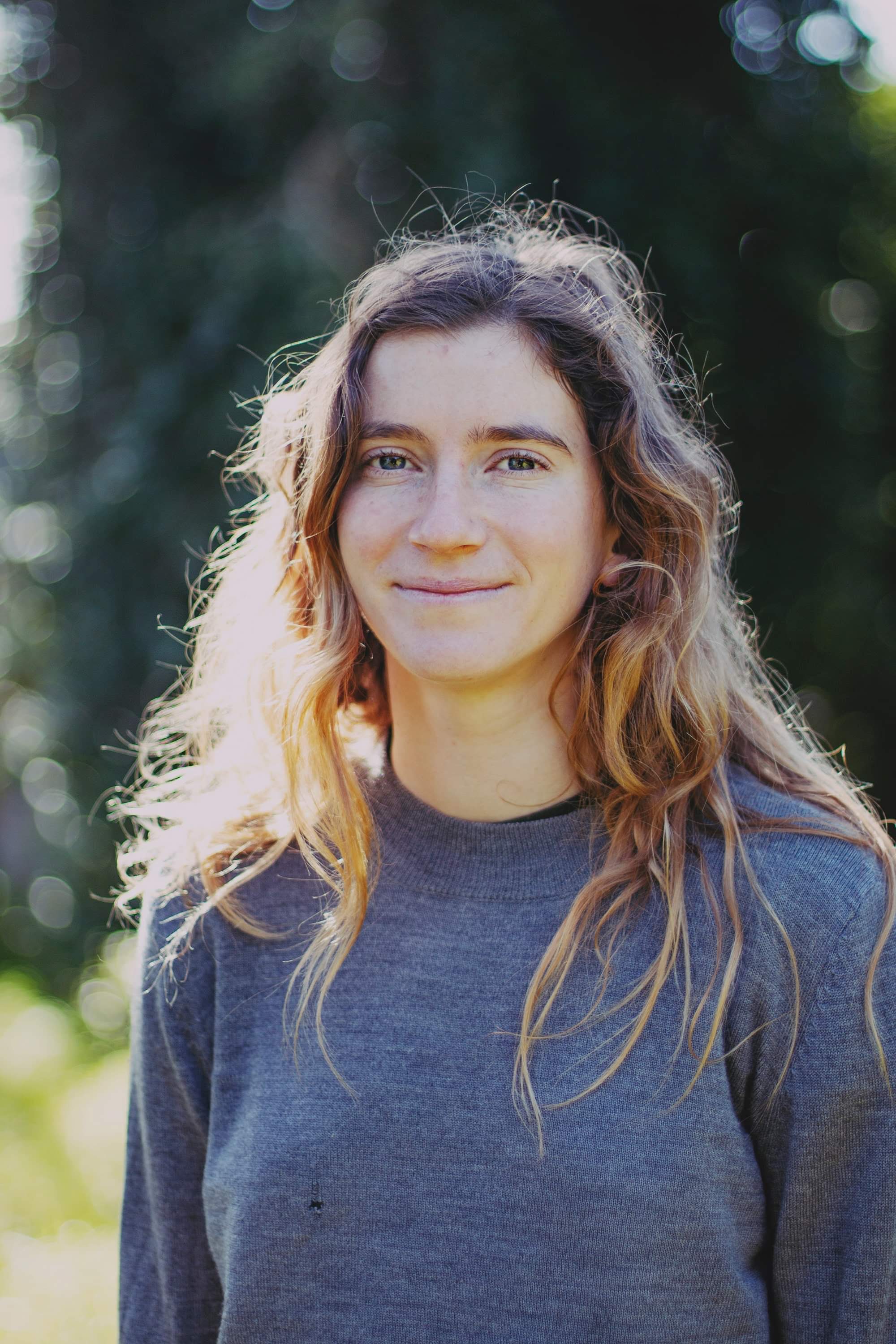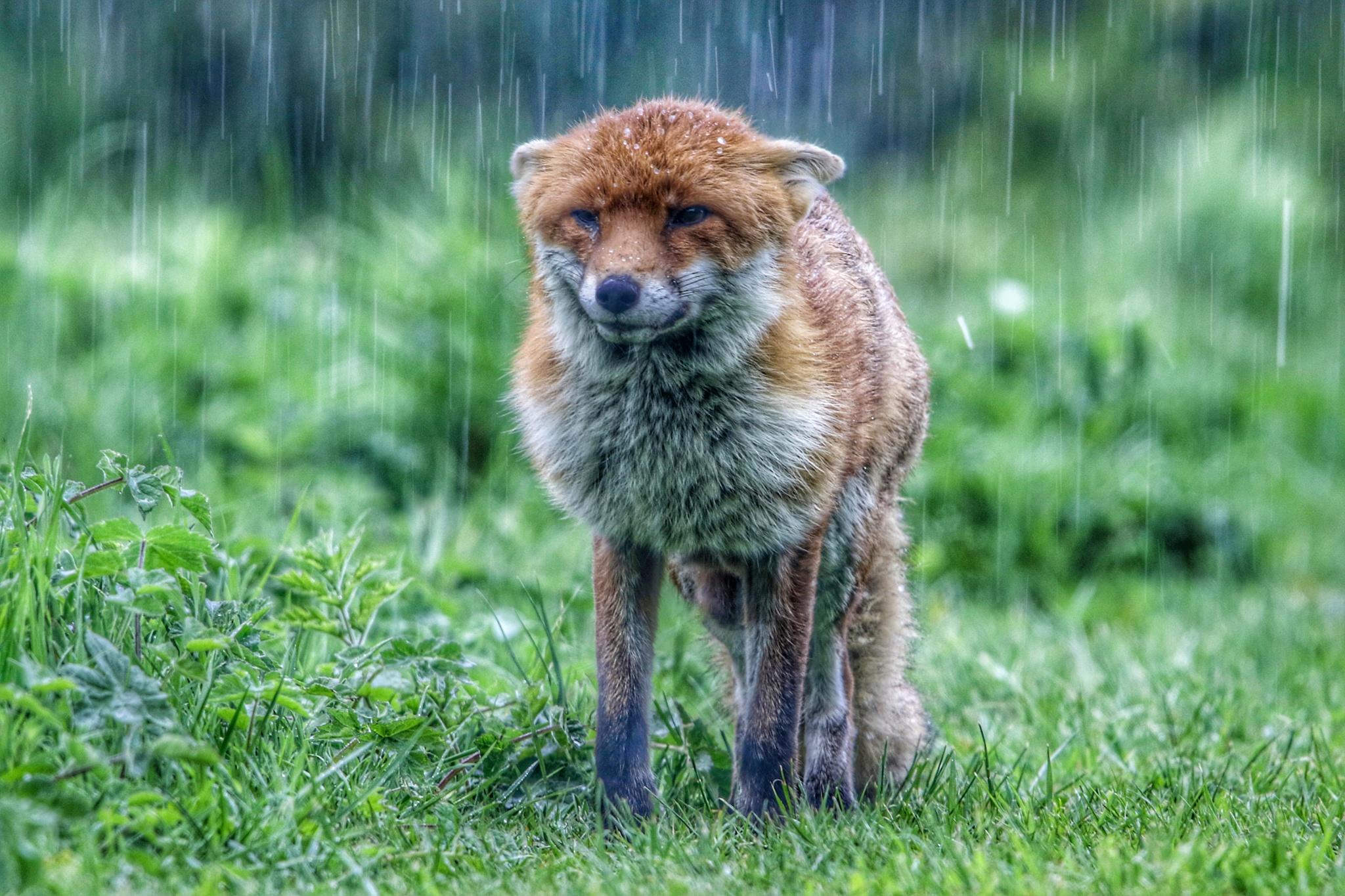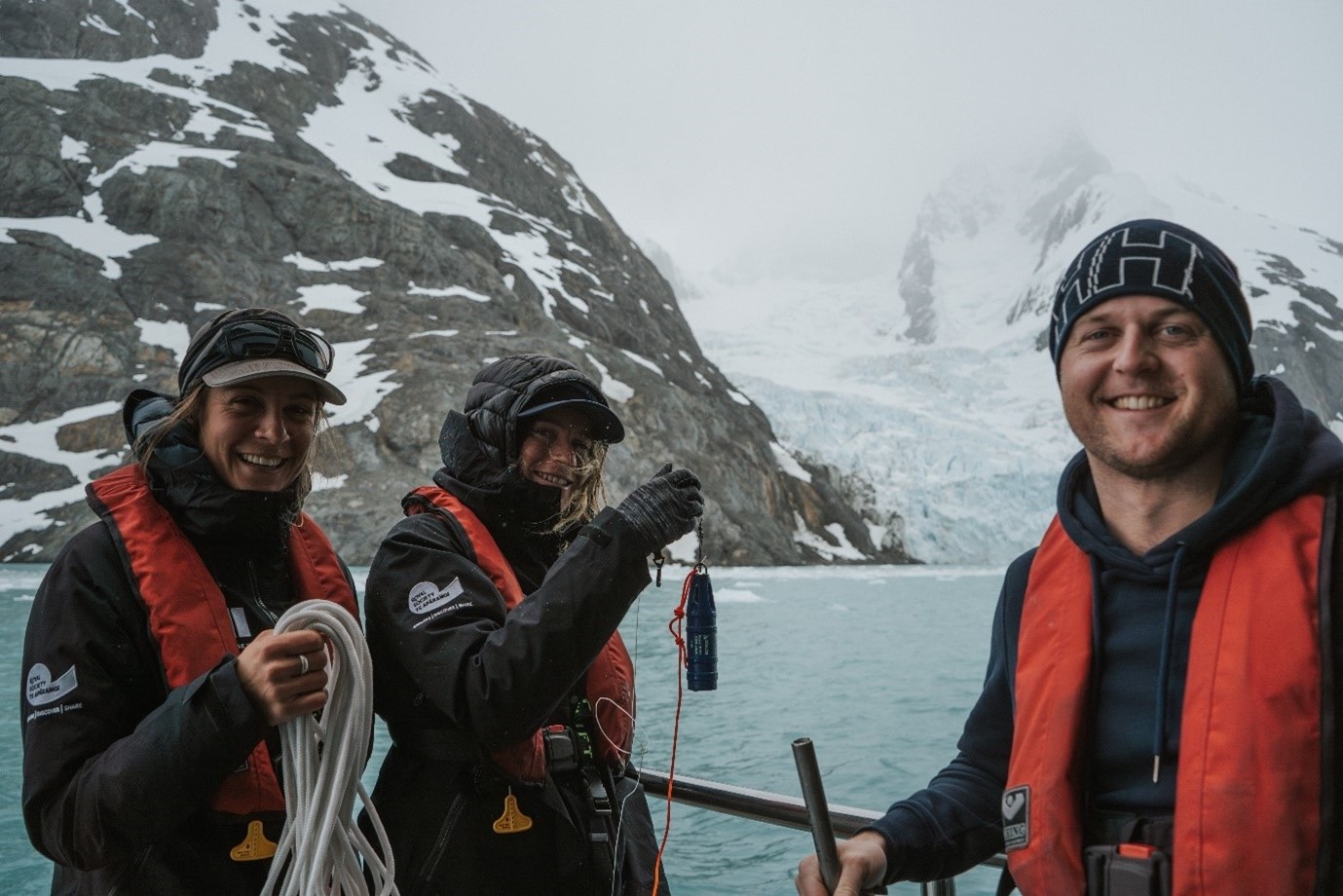

Inspiring Explorers expedition to South Georgia Island
Crackling glaciers and icebergs, roaring elephant seals and thousands of squawking penguins; the sights and sounds of South Georgia Island, one of the wildest and remotest places on Earth. I had the incredible opportunity to lead the science team on the Inspiring Explorers expedition to this incredible location in October last year. It was a journey of a lifetime for 22 young New Zealanders.
The expedition was organised by Antarctic Heritage Trust who partnered with New Zealand's MetService and the Royal Society Te Apārangi to honour the centenary year of Ernest Shackleton’s final expedition to South Georgia. MetService supported the expedition to share the wonderful science of meteorology, climate, and the ocean with the young explorers to help them gain a greater understanding and connection with this fragile environment.
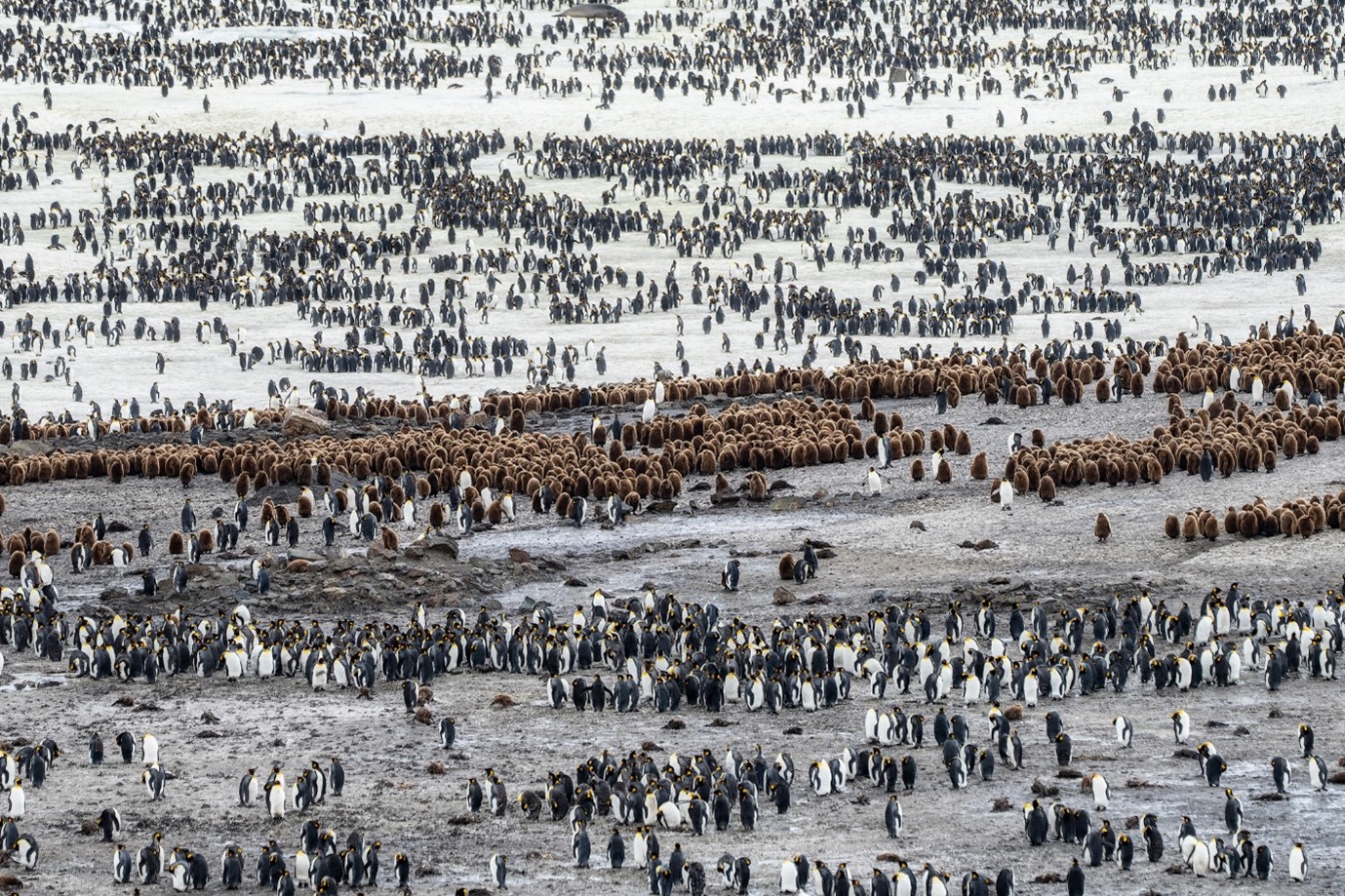
South Georgia Island is a wilderness like no other, a brilliant mountainous island in the South Atlantic Ocean lying over 2000km east of South America and it takes days to get here. The remote subantarctic island greeted us with awe-inspiring landscapes and a remarkable abundance of wildlife. Glaciers tumble off huge mountains into oceans full of life, and it is home to countless penguins, sea birds, and seals. Our journey granted us the rare privilege of experiencing this pristine environment, explore this natural wonder and gather valuable scientific observations.
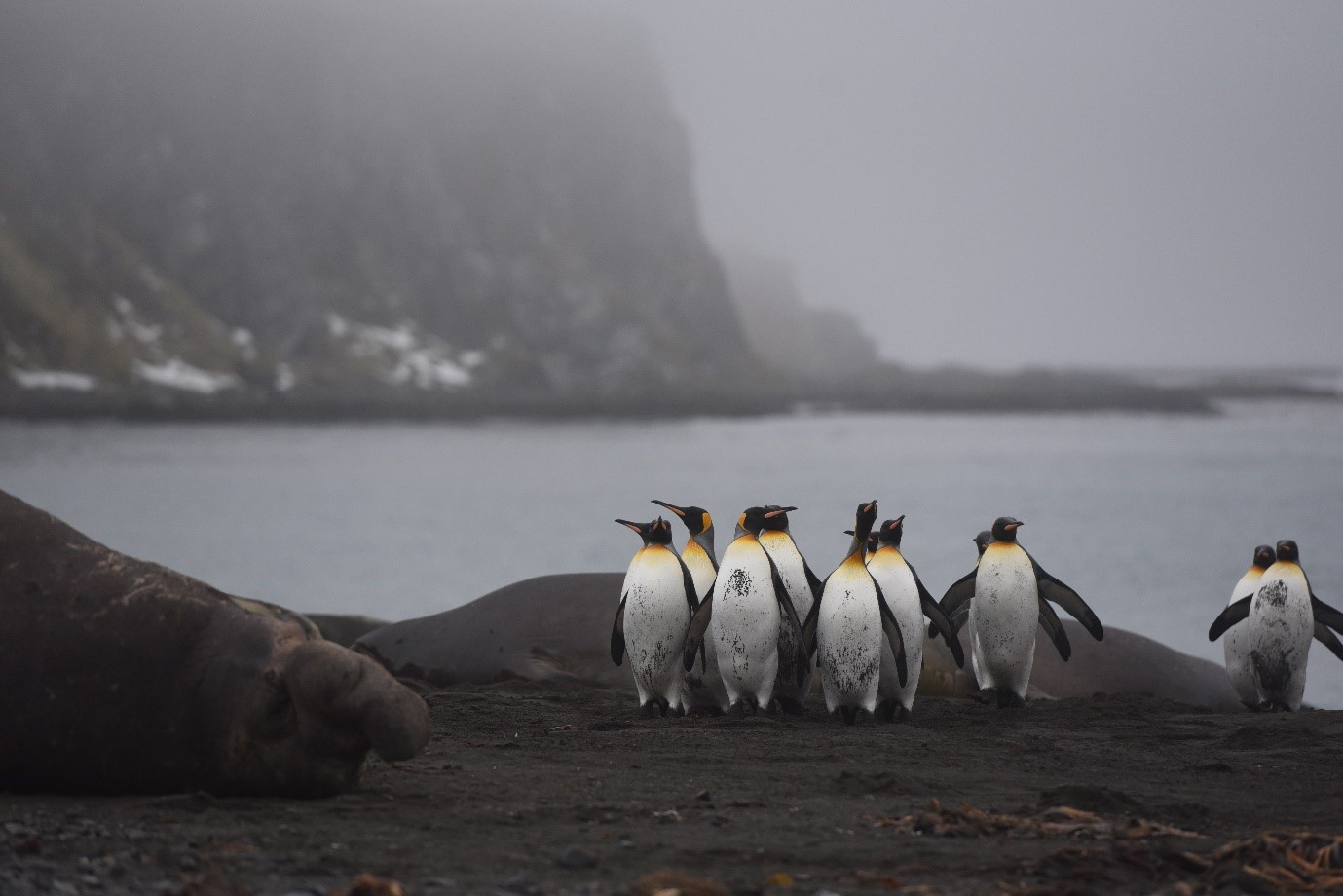
On this expedition, the science team undertook two main projects, taking subsurface ocean temperatures around the island and weather observations using historical and modern techniques.
Ocean temperatures around South Georgia were measured by using MetService’s Mangōpare temperature sensor. These sensors were dropped over the side of the zodiac (while leopard seals played in the kelp) and measured ocean temperature at one metre intervals as it descended. This allows us to retrieve a temperature profile, so we know more than what is going on at the surface. We focused on areas where glaciers met the water. Our preliminary data revealed the significant influence of glacial melt on ocean temperatures, where the water close to glaciers was much colder and unmixed than in other bays about the island.
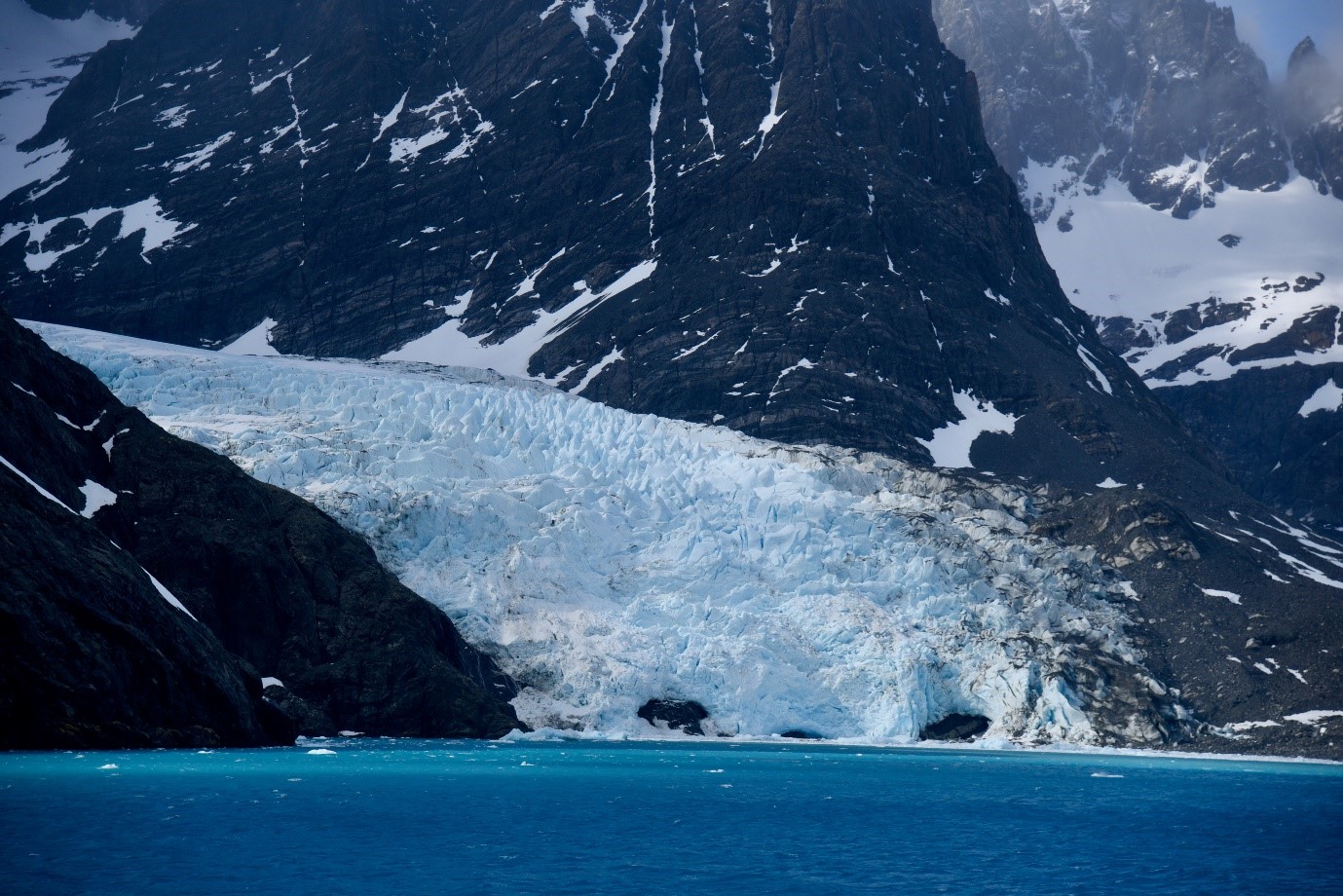
It is vital to study the ocean in our changing climate, as the ocean and atmosphere are tied together. The ocean generates 50% of the oxygen we breathe, absorbs 25% of our CO2 emissions and absorbs 90% of excess heat, so it really is our biggest ally in fighting the climate crisis. It is critical to document the ocean temperatures around the world to gain an understanding of how the ocean currents are changing and how ocean temperature is changing at depth because this hugely impacts ecosystems and the ability of the ocean to absorb CO2.

To recreate the historic observations, we used instruments like those employed by meteorologists a century ago. Weather observations were taken every three hours in plain language synoptic reports. We documented our findings in a weather logbook, used a marine screen for temperature readings, and used the Beaufort scale to estimate wind speed. We aim to compare these observations with the historic observations from the heroic-age over 100 years ago.
MetService provided us with a copy of a meteorological logbook from the famed ship Aurora. This logbook recorded the conditions during the rescue mission to save members of Ernest Shackleton’s 1914-16 Trans-Antarctic Expedition from Ross Island in Antarctica and was uncovered by MetService staff as the organisation prepared to move out of their Kelburn headquarters in Wellington, New Zealand. The science team will use this and other logbooks from the same time period to make comparisons between our observations and those historically.
In addition to historical methods, we collected weather observations using modern methods including using an automatic portable weather station and a SOFAR Spotter wave buoy. The Spotter wave buoy is an awesome device that gathers high quality meteorological data and is designed for harsh ocean conditions. The Spotter buoy was deployed in various bays around the island, providing wind and wave data. We were even lucky enough to deploy the buoy at night and experienced loud elephant seals growling in the distance and phosphorescence sparkling in the boat wash.
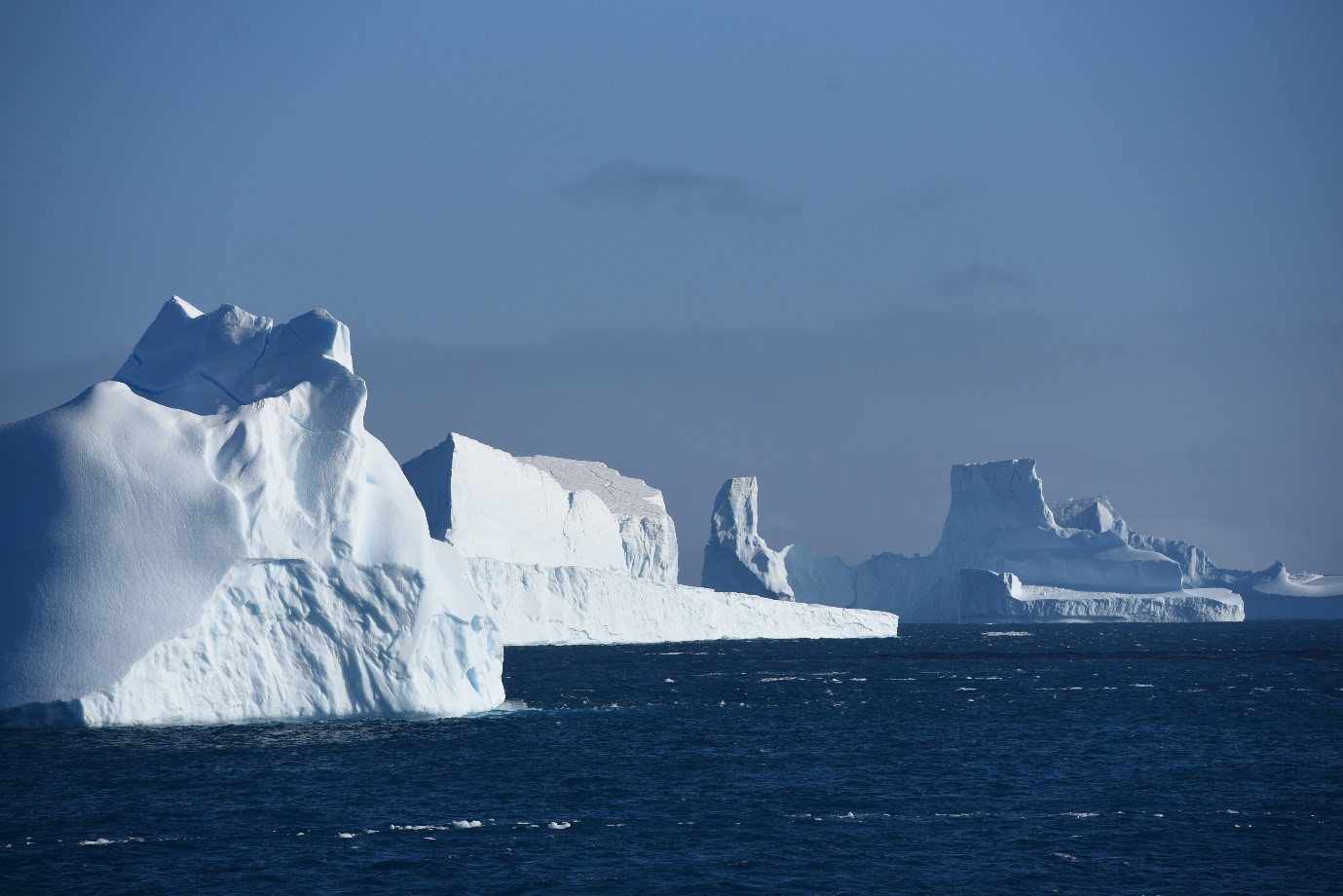
These scientific observations made us think differently about the world. They prompted us to think deeper about the bigger picture of what is happening in South Georgia and the impacts of the warming climate. This experience was life-changing and I always think back to one of the most memorable experiences of the trip, seeing so many icebergs. The icebergs were a remnant of the A-76 iceberg and were all sizes of huge, towering above us. Some were even kilometres across in size. It made me feel small, but by acknowledging all the changes that are occurring in the climate around us, the icebergs really symbolized the enormity of nature and how although we are small, we can truly make a big difference in the world around us.
Post trip, as I sort through the data we collected and the photos that we took, I can’t help but think how can we make a difference in a positive way? Though our data is a snapshot in time we are currently creating short informative videos about the scientific observations we conducted on the journey, to share our learnings. We are also in the makings of an online interactive map that you will be able to explore and learn about South Georgia and weather, climate, and ocean science. It’s fantastic to be able to capture our expedition in this way and draw on the various talents of my fellow Inspiring Explorers. I have made friends for life on the experience of a lifetime.
About the Author
Kelly Davenport is a WMO qualified meteorologist working for MetService, the national weather agency in Aotearoa New Zealand.
She led the science programme on the Inspiring Explorers expedition to South Georgia Island.
Her background working as a biodiversity ranger before she became a meteorologist grounds her in the natural world, and she is deeply interested by the influence of weather and climate on people and the environment.

